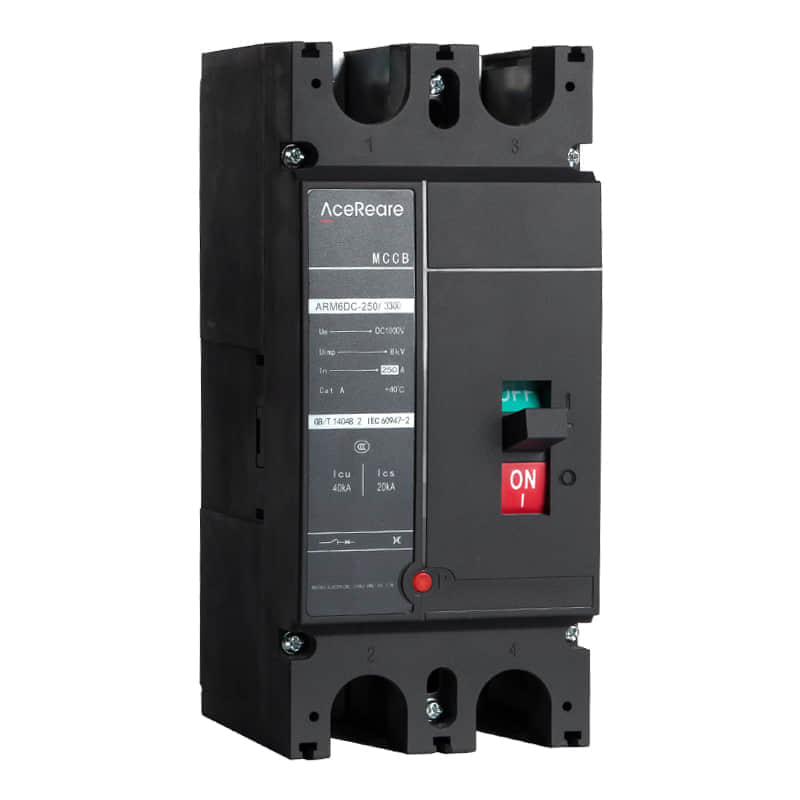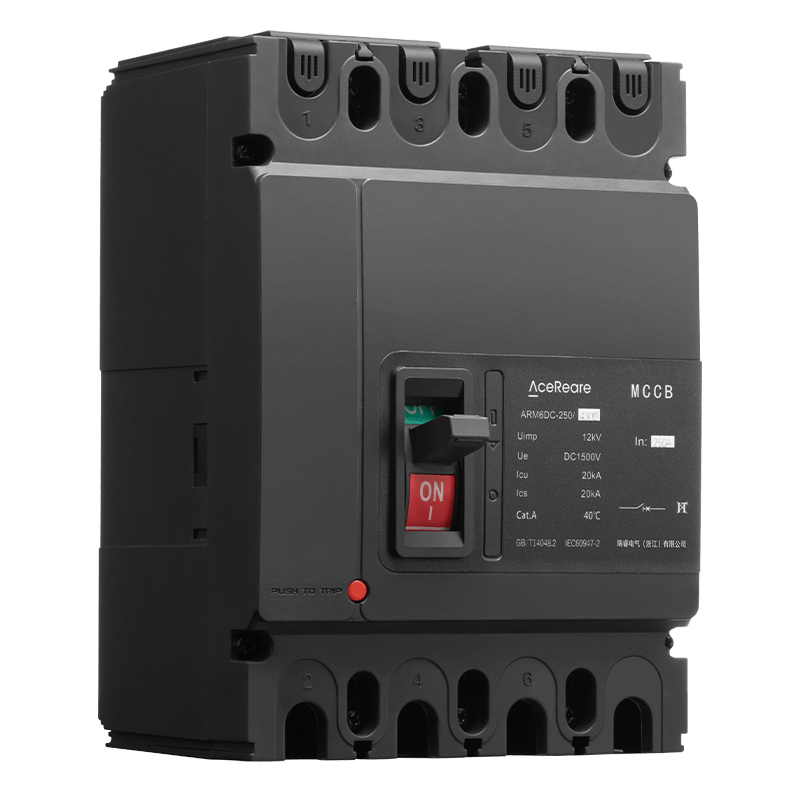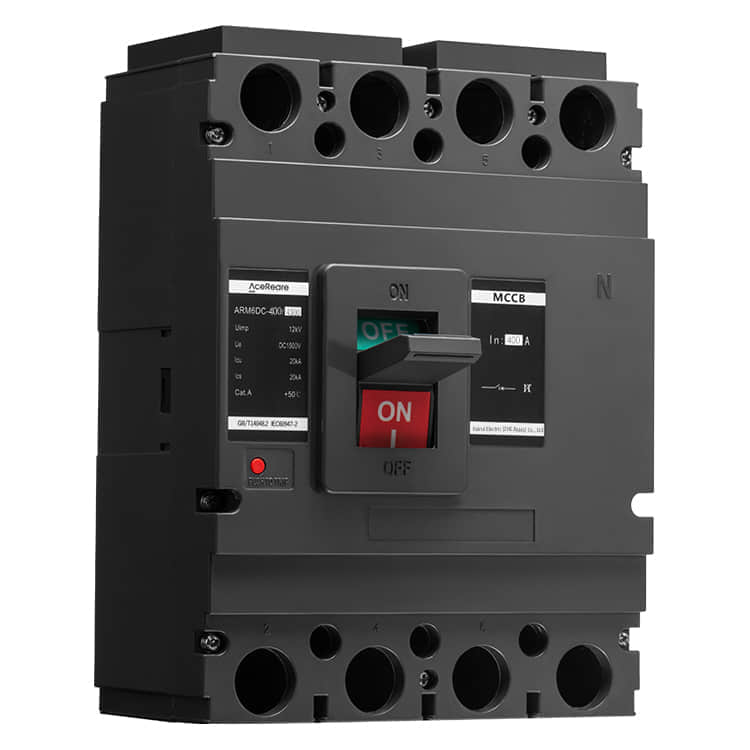In an era of increasing environmental awareness and energy sustainability, photovoltaic (PV) systems have emerged as a frontrunner in harnessing solar power. These systems, which convert sunlight into electricity, are integral to reducing our dependence on conventional fossil fuels. However, to ensure the efficiency and safety of PV systems, a critical component comes into play: the Photovoltaic DC Circuit Breaker.

The Importance of Photovoltaic DC Circuit Breakers

PV systems primarily operate on direct current (DC) electricity, which makes it essential to have reliable DC circuit breakers in place. These devices are responsible for safeguarding the system against electrical faults, overcurrents, and other potential hazards. Without them, the entire PV system could be at risk of damage, which could result in costly downtime and even safety hazards. Evolution and Advancements Over the years, PV DC circuit breakers have evolved significantly. Earlier iterations were simple electromechanical devices that could interrupt DC currents when necessary. However, modern PV systems demand more advanced and efficient circuit breakers due to their intricate configurations and the need for precise control. Solid-State Technology: One notable advancement is the integration of solid-state technology. Solid-state circuit breakers use semiconductor devices to control the flow of electricity. This technology offers faster response times, greater accuracy, and enhanced durability compared to traditional electromechanical counterparts. Smart Features: In the age of smart technology, PV DC circuit breakers have not been left behind. Many contemporary circuit breakers are equipped with intelligent features like remote monitoring and control. These features allow system operators to manage and troubleshoot the PV system more effectively, reducing maintenance costs and improving overall system efficiency. Arc Fault Detection: Arc faults are a significant concern in DC PV systems. These faults can cause fires and severe damage if left unchecked. Modern DC circuit breakers often come with built-in arc fault detection capabilities, ensuring that any hazardous conditions are swiftly identified and addressed. Compatibility: With the ever-evolving PV technology landscape, it’s crucial that DC circuit breakers are compatible with the latest PV components. Manufacturers are now designing circuit breakers to work seamlessly with the latest PV inverters, panels, and other system components, thereby enhancing overall system reliability. Ensuring Safety and Efficiency The primary goal of PV DC circuit breakers is to ensure both safety and efficiency. They achieve this by providing protection against: Overcurrents: When the current in a circuit exceeds its rated capacity, circuit breakers intervene, preventing equipment damage and potential fire hazards. Short Circuits: Circuit breakers can rapidly interrupt current flow during a short circuit, reducing the risk of damage to the system. Ground Faults: In the event of a ground fault, where current flows to the ground instead of the intended circuit path, circuit breakers can disconnect the circuit to prevent damage and ensure safety. Arc Faults: Advanced circuit breakers with arc fault detection capabilities can identify and mitigate the risks associated with arc faults, such as fires. Conclusion As the world increasingly turns to solar energy, the role of PV DC circuit breakers in ensuring the safety and efficiency of these systems cannot be overstated. Their evolution from basic electromechanical devices to sophisticated solid-state solutions with smart features demonstrates the commitment of the industry to advancing technology in tandem with the growth of solar power. As technology continues to progress, PV DC circuit breakers will remain a critical component in the drive towards a sustainable energy future.
